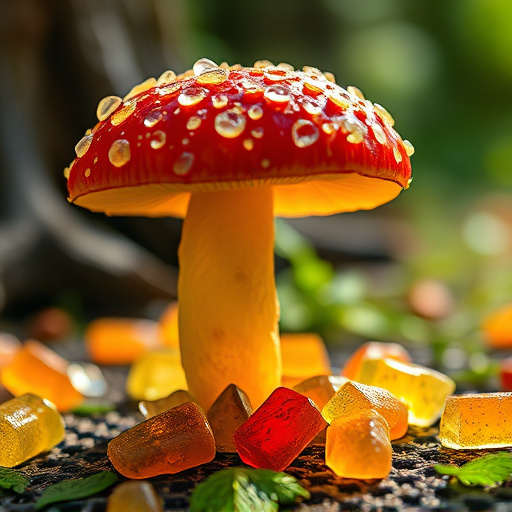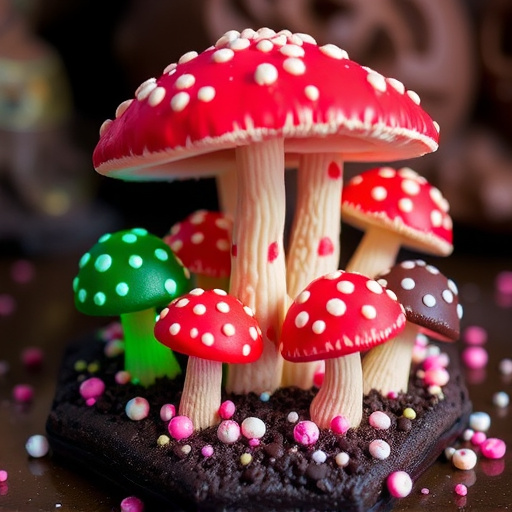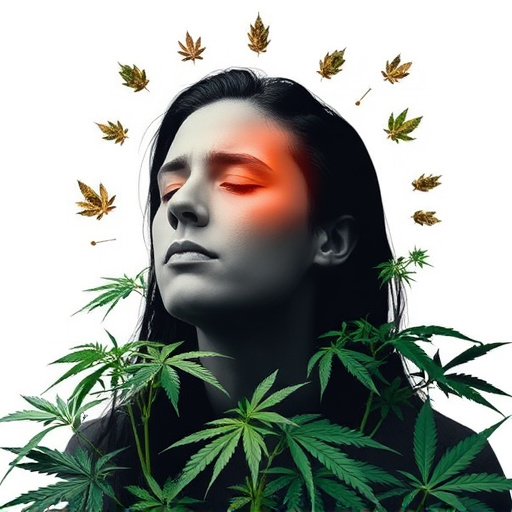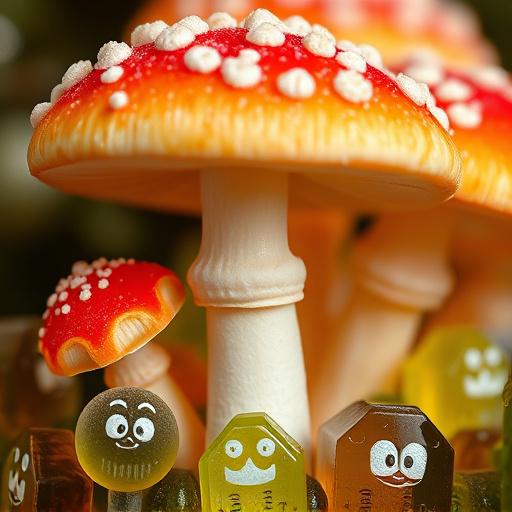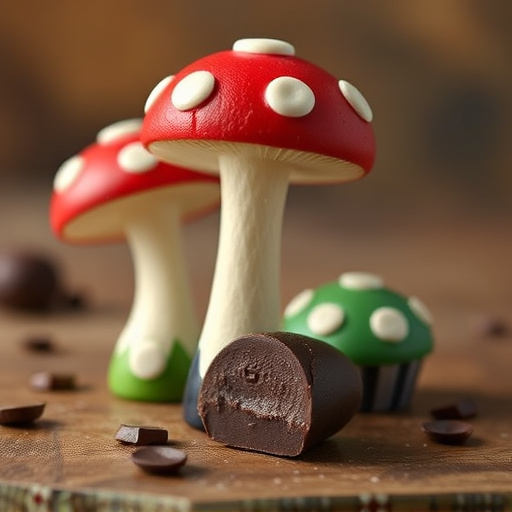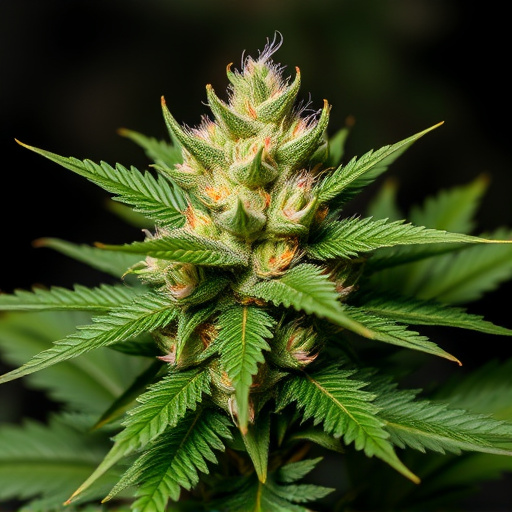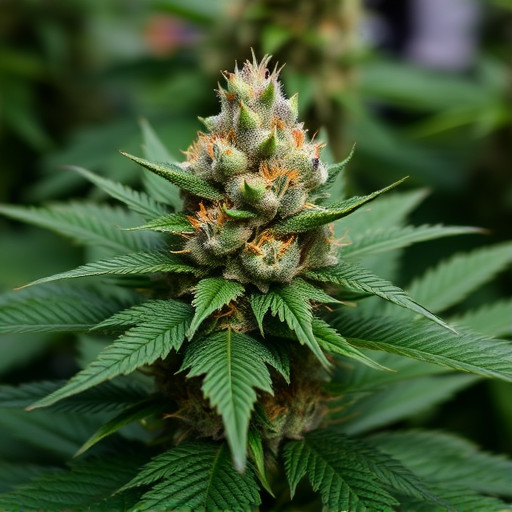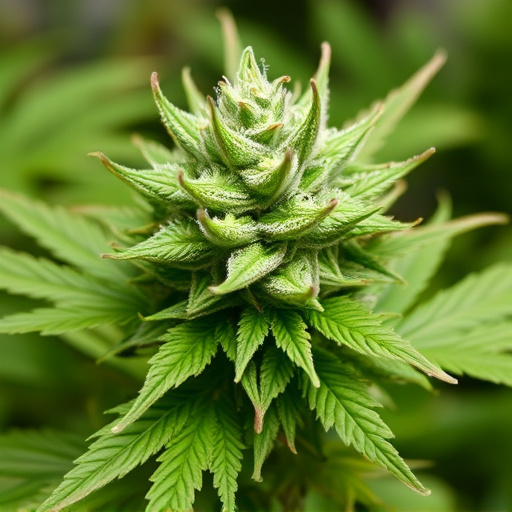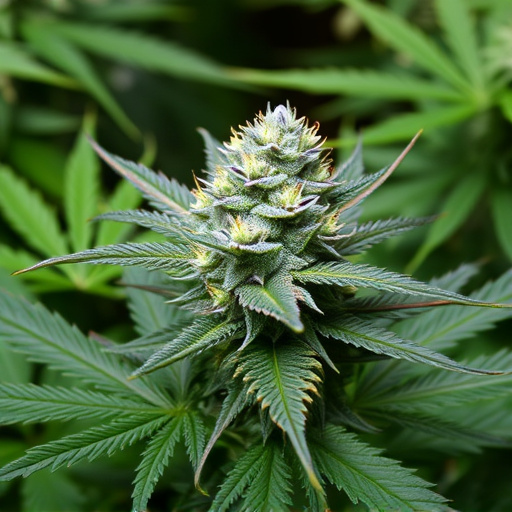Cannabis potency is determined by cannabinoid concentrations, notably THC and CBD, rather than color. Understanding chromophores (color-producing molecules) helps explain why different colors correspond to specific cannabinoid levels, influencing therapeutic effects. While color can guide consumers to strains with desired properties like relaxation or pain relief, it's crucial to focus on cannabinoid profiles for accurate potency and effect selection among the best strains of cannabis.
Discover the intriguing connection between color and potency in the world of cannabis. This article explores whether the vibrant hues associated with different strains hold any scientific basis for their perceived strength. We dive into the chemistry behind cannabinoids and how chromophores influence both color and potential effects. Additionally, uncover some of the most sought-after best strains of cannabis categorized by both their unique colors and remarkable potency levels.
- Understanding Cannabis Potency and Color Association
- The Science Behind Cannabinoid Content and Chromophores
- Exploring Popular Best Strains of Cannabis by Color and Potency
Understanding Cannabis Potency and Color Association
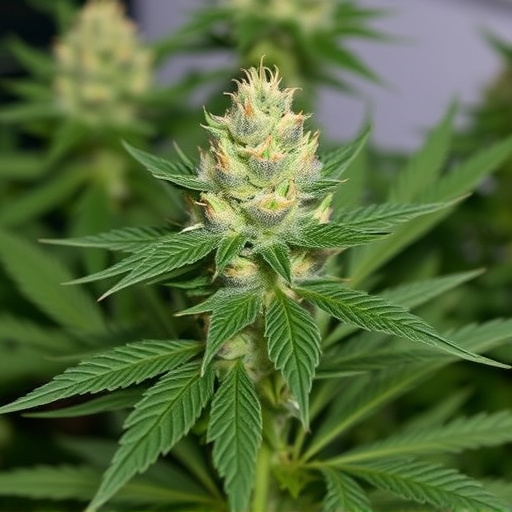
Cannabis potency refers to the concentration of cannabinoids, particularly THC (tetrahydrocannabinol) and CBD (cannabidiol), in a given strain. Understanding potency is crucial for consumers looking to manage their desired effects, whether it’s relaxation, pain relief, or mental stimulation. While cannabis is often distinguished by its varied potencies, color has been historically used as a superficial indicator of quality and effect.
Despite common associations, the color of cannabis does not necessarily correlate with its potency. Different strains exhibit diverse colors due to varying terpene profiles and cannabinoid concentrations. Recognizing that color alone cannot determine a strain’s potency, consumers are encouraged to explore the best strains of cannabis known for their balanced or high cannabinoid levels to achieve optimal effects.
The Science Behind Cannabinoid Content and Chromophores
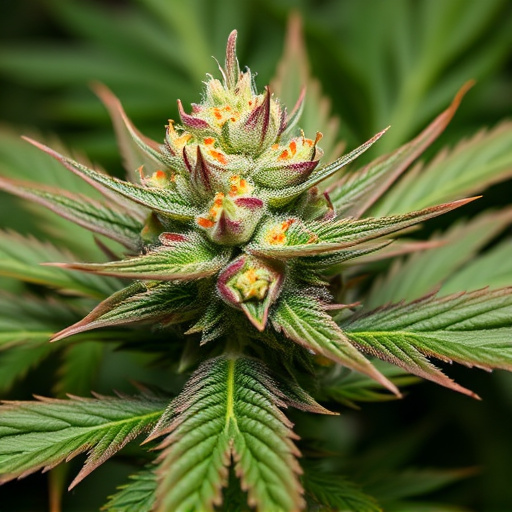
The science behind cannabinoid content in cannabis is intricately linked to chromophores—molecules within the plant that absorb light and contribute to its color. Chromophores play a significant role in how cannabis interacts with our bodies, including its potency and therapeutic effects. Research suggests that different colors in cannabis can indicate varying levels of cannabinoids like THC and CBD. For example, strains known for their vibrant green hues often boast higher concentrations of THC, considered one of the best strains of cannabis for potent effects. Similarly, blues and purples may hint at enhanced CBD content, offering potential benefits for anxiety relief and pain management.
Understanding chromophores helps explain why some of the best strains of cannabis are renowned for specific colors and their associated cannabinoid profiles. By examining the visual characteristics, consumers can make more informed choices about which strains might provide the desired effects. This scientific insight not only adds depth to our appreciation of cannabis but also aids in navigating the diverse market, ensuring individuals select products aligned with their preferences and intended uses.
Exploring Popular Best Strains of Cannabis by Color and Potency
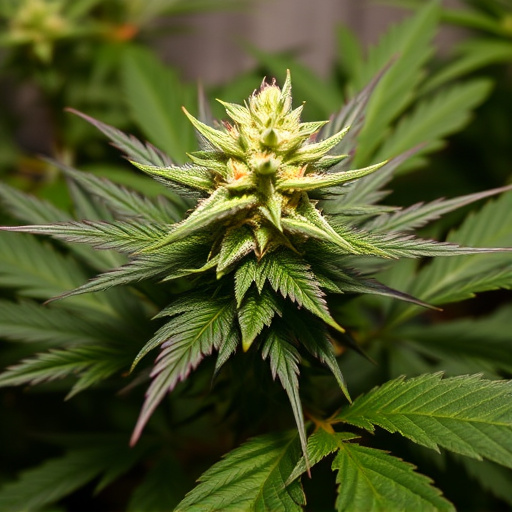
When exploring the world of cannabis, one intriguing aspect is the connection between color and potency. While color alone doesn’t determine a strain’s strength, it has become a popular way to categorize and market different varieties. Many enthusiasts and consumers have developed preferences for specific colored strains, often assuming that a particular hue signifies a certain level of potency. For instance, vibrant green cannabis is commonly associated with high quality and potent effects.
In the quest for the best strains of cannabis, color can serve as a useful starting point. Strains like Blue Dream, known for its striking blue-green hues, are celebrated for offering powerful relaxing and pain-relieving effects. Similarly, strains with rich purple tones, such as Purple Haze, are often sought after for their potential to induce euphoria and creative highs. Exploring these popular choices based on color can be a fun way to discover new favorites and navigate the diverse landscape of cannabis potency.
In exploring the relationship between color and cannabis potency, we’ve uncovered fascinating insights into how chromophores influence cannabinoid content. While color alone cannot definitively determine potency, certain hues are associated with specific strains known for their potent properties. When considering the best strains of cannabis, understanding these color-potency correlations can provide a starting point for discerning choices. However, it’s essential to remember that individual experiences may vary, and further research is needed to fully grasp the complex interplay between color, cannabinoids, and human perception.
